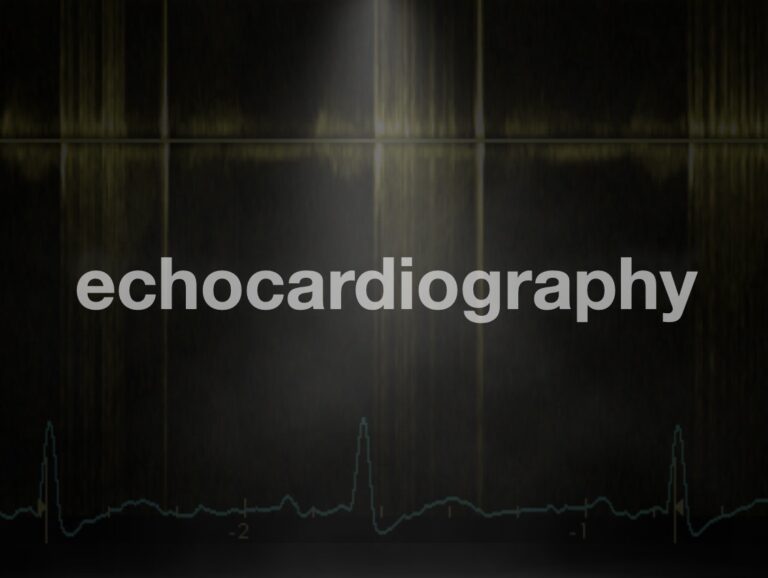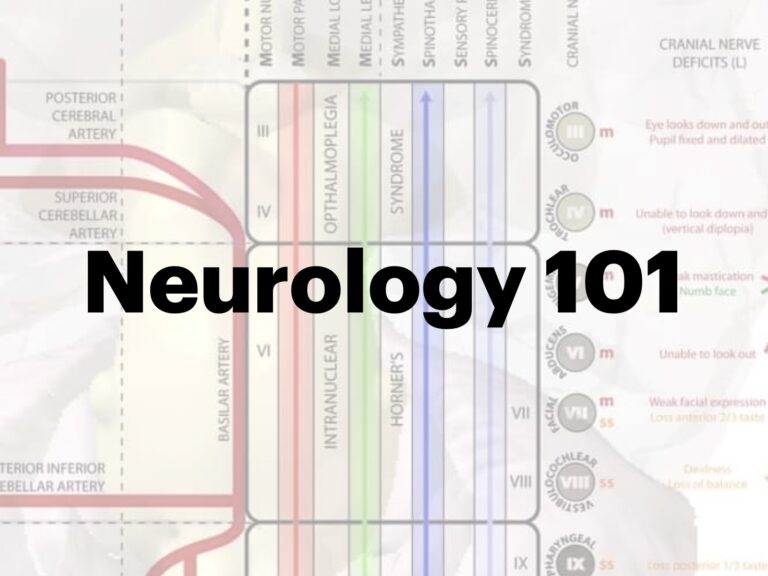Robert May
Robert May (1912–1984), pioneer of scientific phlebology; co-described May–Thurner syndrome and the May perforating vein, advancing venous diagnostics.
Robert May (1912–1984), pioneer of scientific phlebology; co-described May–Thurner syndrome and the May perforating vein, advancing venous diagnostics.

Alfred Lewis Galabin (1843-1913) English obstetric physician. Using an apexcardiogram he was documented atrioventricular (AV) block in humans.

Echocardiography and valve measurements. Comprehensive assessment requires measurements to be made from 2D images and the waveforms generated during Doppler investigations

Neuro 101: Cerebral Hemispheres. Clinicoanatomic correlation for frontal, temporal, parietal and occipital lobes. Overview of anterior and posterior arterial circulation

Non-traumatic abdominal ecchymosis of the abdominal wall and flanks (Grey Turner, Cullen and Stabler); scrotum (Bryant) and upper thigh (Fox) as clues to potentially serious causes of abdominal pathology.

Corneal foreign bodies present with pain, watering, and irritation. Remove under anaesthesia, exclude penetrating injury, and arrange follow-up.

Bacterial conjunctivitis is common and treatable, but screen for serious infections like gonococcus, meningococcus, and trachoma in high-risk patients.

Acute non-traumatic loss of vision is an ophthalmic emergency. All patients require urgent assessment, and persistent deficits mandate immediate ophthalmology referral.

Acute loss of vision is an ophthalmic emergency. Assess urgently. Persistent or unexplained cases require immediate specialist ophthalmology input.

Chemical eye injuries are emergencies. Immediate irrigation, category 2 triage, and ophthalmology input are critical to preserve vision and minimise damage.

Neuro 101: Neurological Examination. The eight steps, mental status, motor, sensory, reflex, cerebellar examinations

Echocardiography and valve views. Overview of valve disease and parasternal, apical and subcostal valve views with the echo probe